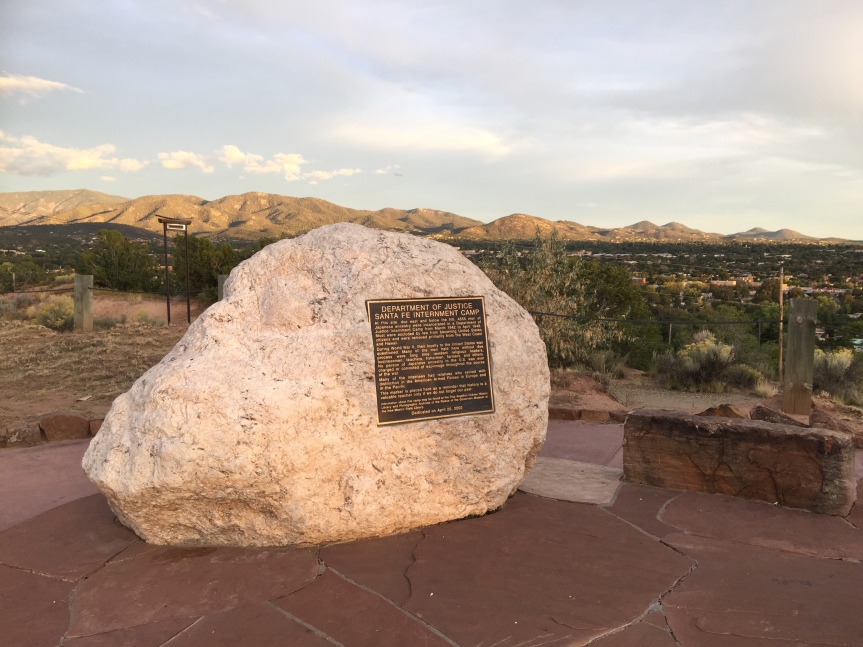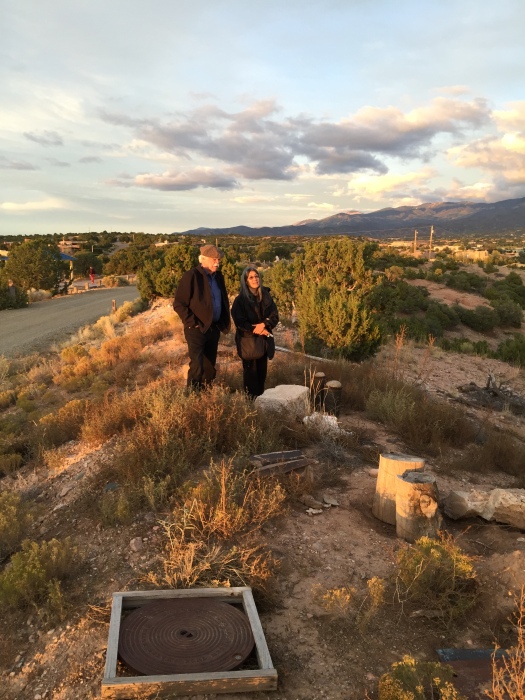 I was given an opportunity to express my activism real time this weekend. Spontaneously speaking up and responding verbally is much harder for me than creating art. Being in an uncontrolled situation and putting myself out there was daunting. But I had to take action.
I was given an opportunity to express my activism real time this weekend. Spontaneously speaking up and responding verbally is much harder for me than creating art. Being in an uncontrolled situation and putting myself out there was daunting. But I had to take action.
I was with a group of women artists who had booked a tour of the Dorothea Lange Exhibition at the Oakland Museum. As she approached the photographs that Lange took at the incarceration camps that imprisoned those of Japanese descent, the docent related that it made sense since Americans were in shock after being attacked for the first time on our country’s soil. I spoke up saying “2/3rds of the 120,000 internees were American citizens!”
Ignoring me, the docent went on the say how “things are the same now and something must be done about Isis. The Muslims did 911, but we can’t put all those Muslims in camps.”
I was in shock. As a daughter of parents whose families were in the Japanese American Incarceration Camps, it was as if history was repeating itself.
I said, “These people are Americans too!”
In hindsight what I wish I had said was:
‘What you are discussing is unconstitutional then and now. People should not be profiled as threats for having the face of the enemy or observing a particular religion. Incarcerating those of Japanese descent during WWII was unjust and it must never happen again.’
It was an awkward moment. One person in the group pointed out how the German Americans were not put in camps, only the Japanese Americans.
The docent breezed through the room with the photos Lange took at the Incarceration Camps. I asked if she could give us more information on the photographer’ s experience. Her reply was, “No I cannot. I am not prepared. Look it up on Google.”
Later our group had lunch together and some of the members discussed the incident after the tour. Some felt it wasn’t the best place to get in a big talk on discrimination. We were there for an art tour. As I see it what better place to talk about racism and discrimination than among the photos that Lange took to bring these very issues to light?
Another point brought up was that everyone is entitled to his or her opinion. I agree with that but found that point of view to be a stretch since we hired a docent to give us insight to Dorothea Lange’s life and art, not to tell us about her racist thoughts and stories about her personal life. And if one expresses their opinion, then they must be open to feedback on it.
To tell you the truth I felt alone when I stood up for what I believe and called out this injustice and discrimination. It was not an easy thing for me to do. I did not articulate my thoughts as well as I wished but I am still glad that I found my voice. It was as if time stood still for a powerful moment and hopefully my words resonated in people’s thoughts afterwards.
And now here are three things I am going to do as a follow-up to this experience.
- I invite all people regardless of their gender, race, livelihood, religion, or income, to speak up against discrimination against anyone – even if it does not affect you. In reality it concerns all of us.
- I am lodging a complaint against this docent to the Oakland Museum.
- I strive to widen my activism to include exhibiting art, facilitating community projects, giving talks, AND speaking out strongly against injustice and oppression when it raises its ugly head.





